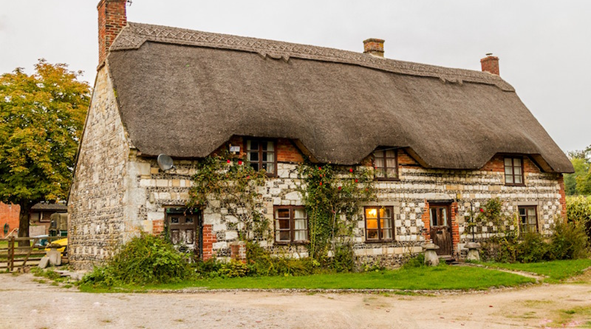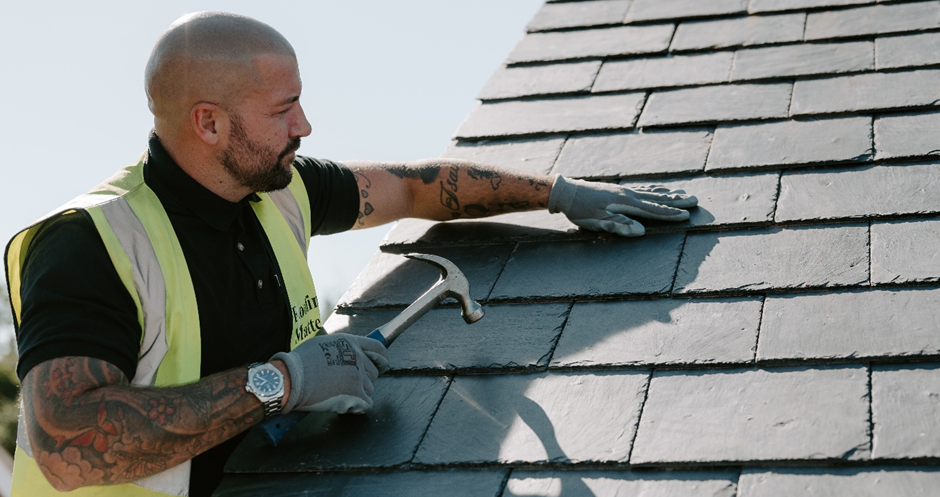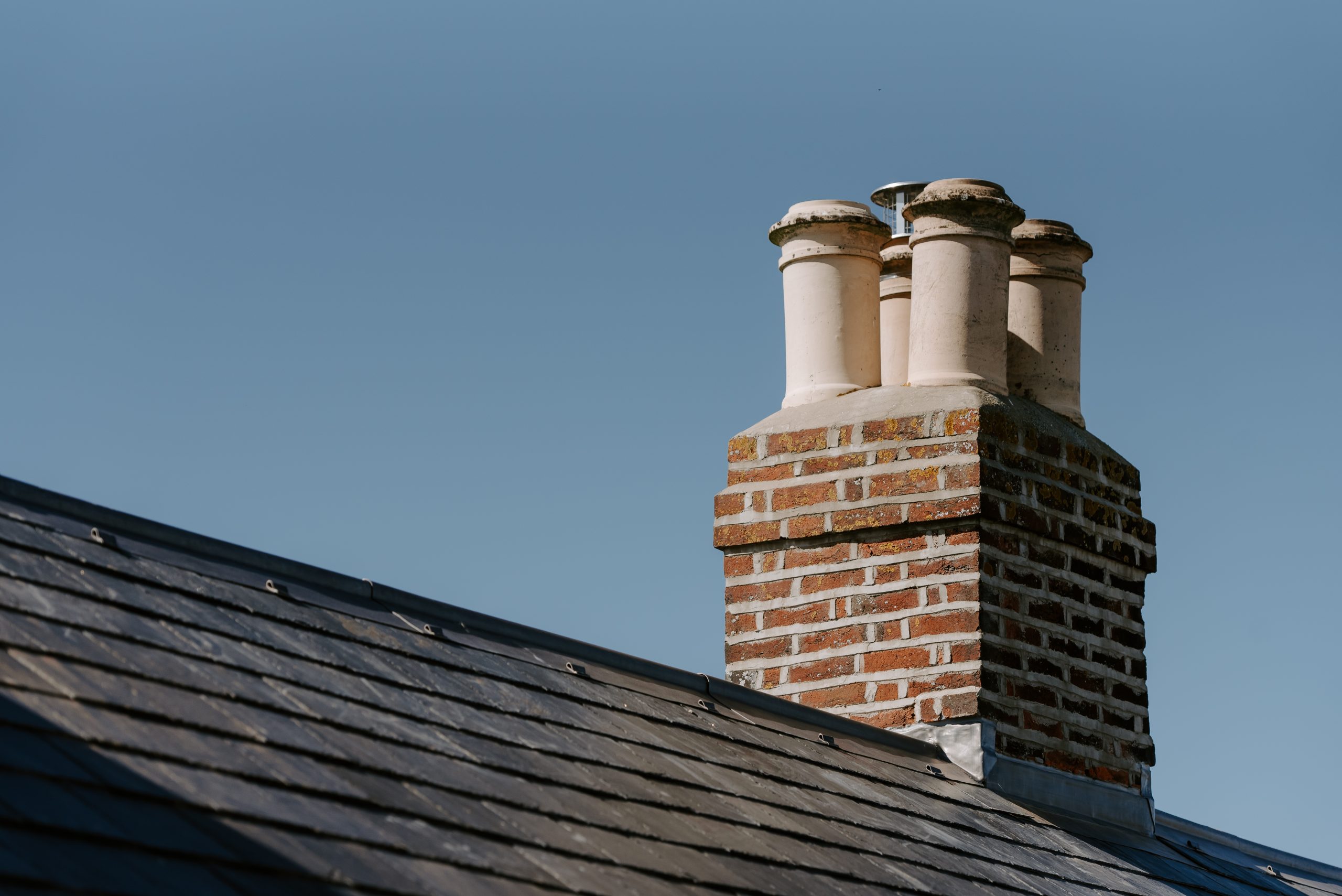Throughout the history of the UK roofs have changed and adapted as time went on and technology has advanced. The demand for roofing has never been higher, creating professional and quality roofers like Roofing Matters Group, who their owner Daryl Cooke comes from a long line of family roofers. With the experience and knowledge, he has gained, he has built his company from small repairs to commercial work.
It’s good to look back at where roofing started and what materials and techniques the previous generation used to keep our heads dry.
Clay tiles
Clay tiles were first introduced to the UK when the Romans invaded England in the 1st century AD 43. After the Roman Empire, the art of making clay roofing tiles disappeared. Clay only became a popular choice for roofs again around the 12th or 13th centuries.
Clay roof tiles were often uneven since they could warp during the firing process leading to leaky roofs. Like slate, clay tiles require specific raw materials. Modern clay tile creation techniques have almost eliminated issues with warped tiles, but clay remains susceptible to frost.
Thatched roofing history
Thatched roofs are among the most iconic roofing styles and are usually associated with rustic, old-fashioned buildings. Unlike other materials which were in limited supply, thatch materials were widely grown and available almost everywhere.

Thatch’s greatest weakness was its flammability, and when the Great Fire of London burned down most of the city in 1666 thatched roofs were subsequently banned in the city.
Slate
In Wales and Scotland, slate has remained as a common roofing material for centuries. Slate is a hard, brittle substance that easily splits into flat sheets that are perfect for use as tiles. Skilled manufacturers can produce vast quantities of slate tiles in a relatively short space of time.

Slate roofing tiles have many benefits such as appearance, longevity and fire resistance. However, since slate tiles are not perfectly uniform, slate roofs are more vulnerable to leaks.
Concrete
During the 20th century, concrete rose dramatically as the most popular roofing material. Tiles made from concrete are almost always uniform and do not suffer from issues with frost or leaks. However, as of late, concrete is a heavy material and has fallen out of fashion as a roofing choice.
Aside from tiles, concrete is also commonly used in buildings with flat roofing that were common during the second half of the 20th century, though modern materials have now taken over.
Modern day roofing history
Modern-day roofing trends now include a wide variety of materials and types with an increasing encouragement for roofs that provide energy efficiency and protection against severe weather forces.
Many property owners choose to install solar panels on their roofs to offset their energy costs while others make use of cheaper, more durable materials including steel and concrete. Roofing Matters Group now offers a solar installation service, which you can view on their website Solar Matters Group.
If you would like to get in contact with Roofing Matters Group, you can get in touch with the team here and they can arrange for Daryl, to provide you a free quotation.




